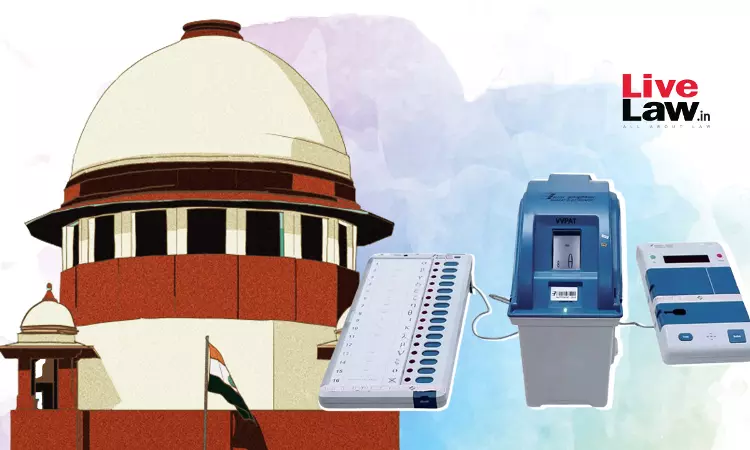 |
|
The Supreme Court of India recently dismissed a Public Interest Litigation (PIL) filed by Dr. K.A. Paul, seeking the implementation of physical ballot paper voting in place of the current Electronic Voting Machines (EVMs). Dr. Paul's petition also included requests for stricter penalties against candidates found guilty of electoral malpractices, such as bribery and the distribution of inducements. The dismissal highlights a significant debate within India regarding the integrity of its electoral process and the reliability of EVMs. The court's decision, while seemingly straightforward, reveals a deeper conflict between accusations of widespread corruption and the existing political system's apparent acceptance of the status quo.
The petitioner, Dr. Paul, presented a compelling, albeit unconventional, case before the justices. He cited his extensive international experience in humanitarian work and his close relationships with various world leaders, implying a deep understanding of global democratic systems. A key argument revolved around the alleged widespread use of physical ballot papers in the majority of countries around the world. This assertion, while statistically debatable, served as the foundation of his claim that India's reliance on EVMs is an anomaly and a potential source of corruption. His argument further highlighted the alleged violation of fundamental rights under Articles 14, 19, and 21 of the Indian Constitution, suggesting that the current system infringes upon citizens' rights to fair and transparent elections.
However, the judges seemed unconvinced by Dr. Paul's arguments, particularly his assertions of widespread EVM tampering and corruption. The judges questioned the timing and nature of these accusations, pointing out that claims of EVM manipulation tend to surface only after electoral defeats. This observation, while not explicitly dismissing the possibility of EVM tampering, implied a degree of skepticism towards the petitioner's motives. The justices’ pointed remarks suggested a perception that the claims were politically motivated and not based on concrete evidence. This points to a larger issue: the difficulty in verifying claims of electoral fraud, especially when accusations are often partisan and tied to the outcome of elections.
The core of the conflict lies in the lack of a readily available and verifiable mechanism to definitively prove or disprove allegations of EVM tampering. While Dr. Paul cited instances of large cash seizures during elections and anecdotal evidence of bribery and influence-peddling, the court appeared to require more substantial evidence directly linking these issues to EVM manipulation. The justices’ questioning also highlighted the potential for strategic use of accusations of electoral malpractice; accusations that are often wielded as political tools rather than genuine expressions of concern about the fairness of the electoral process. The lack of a clear pathway to investigate and address such accusations makes it difficult to assess the validity of these claims and to determine whether they represent genuine concerns about electoral integrity or merely partisan maneuvering.
The case raises important questions about the transparency and accountability of the Indian electoral system. While the court dismissed the PIL, it does not necessarily invalidate the concerns raised about the potential for corruption and manipulation. The dismissal highlights the need for a more robust and transparent system for investigating allegations of electoral fraud, a system that can distinguish between genuine concerns and politically motivated accusations. This requires more than just anecdotal evidence; it needs a comprehensive framework with verifiable mechanisms and independent oversight to ensure fair and transparent elections. Further investigation into the issues raised by Dr. Paul and other concerned citizens is crucial to maintain public trust and confidence in the integrity of the democratic process in India.
